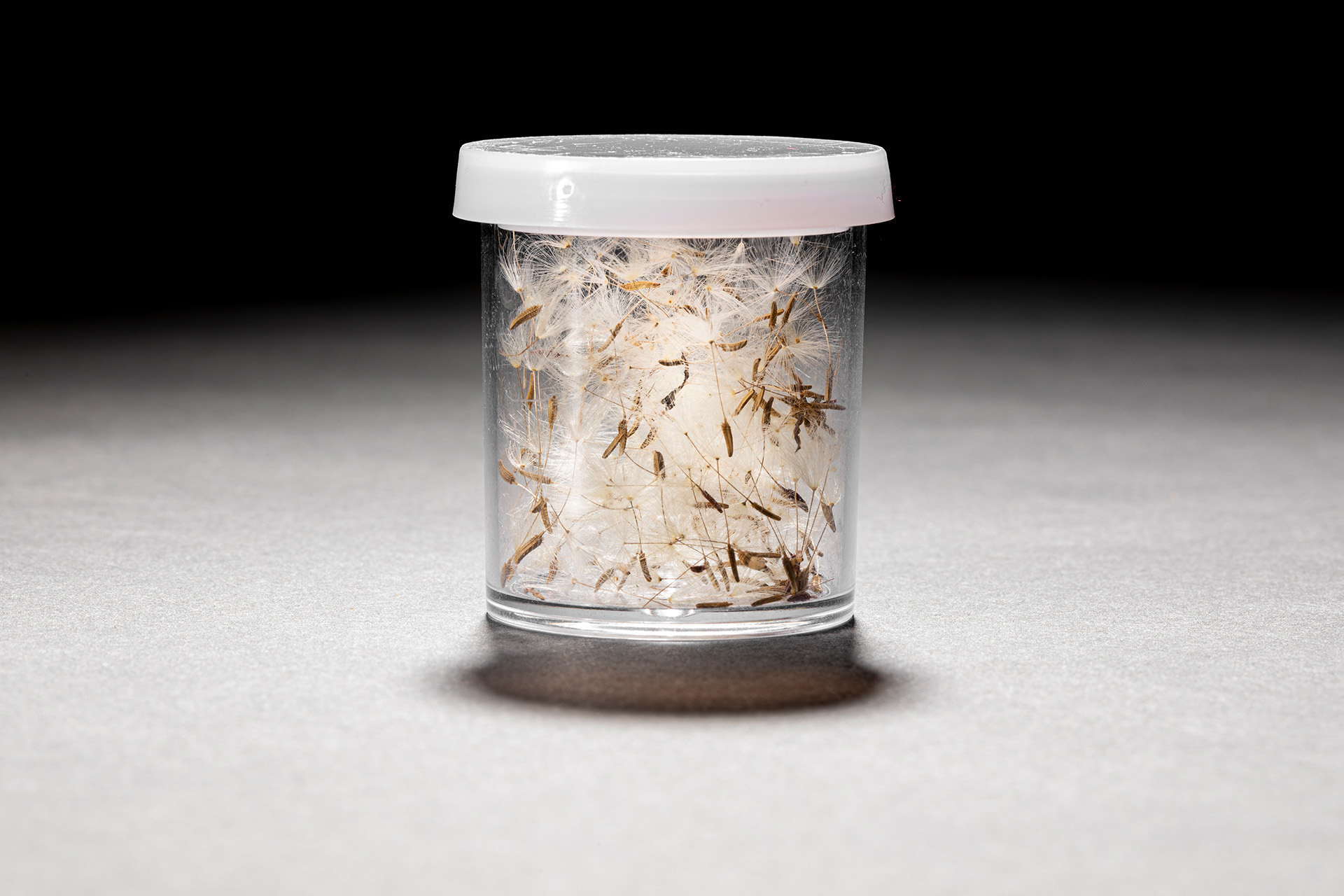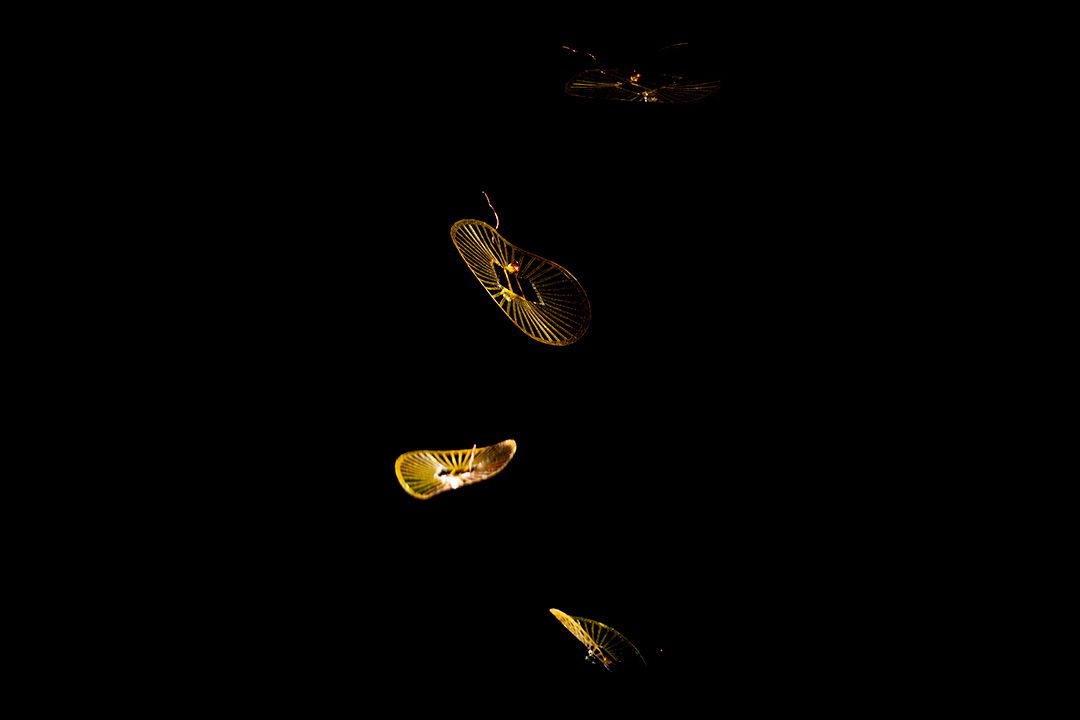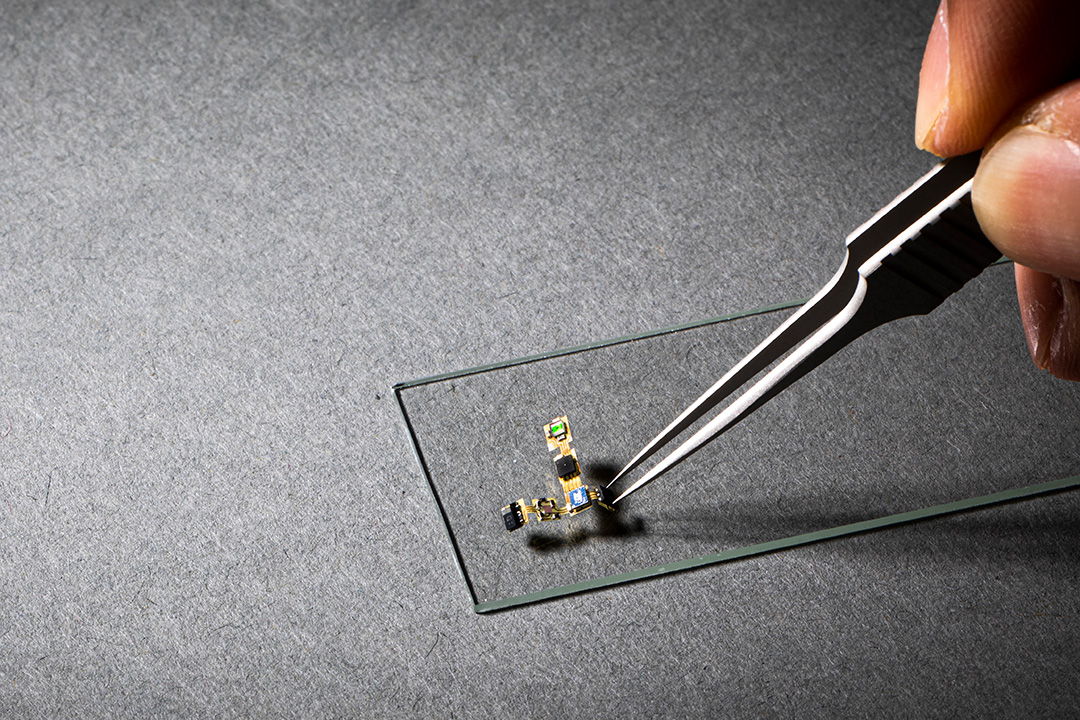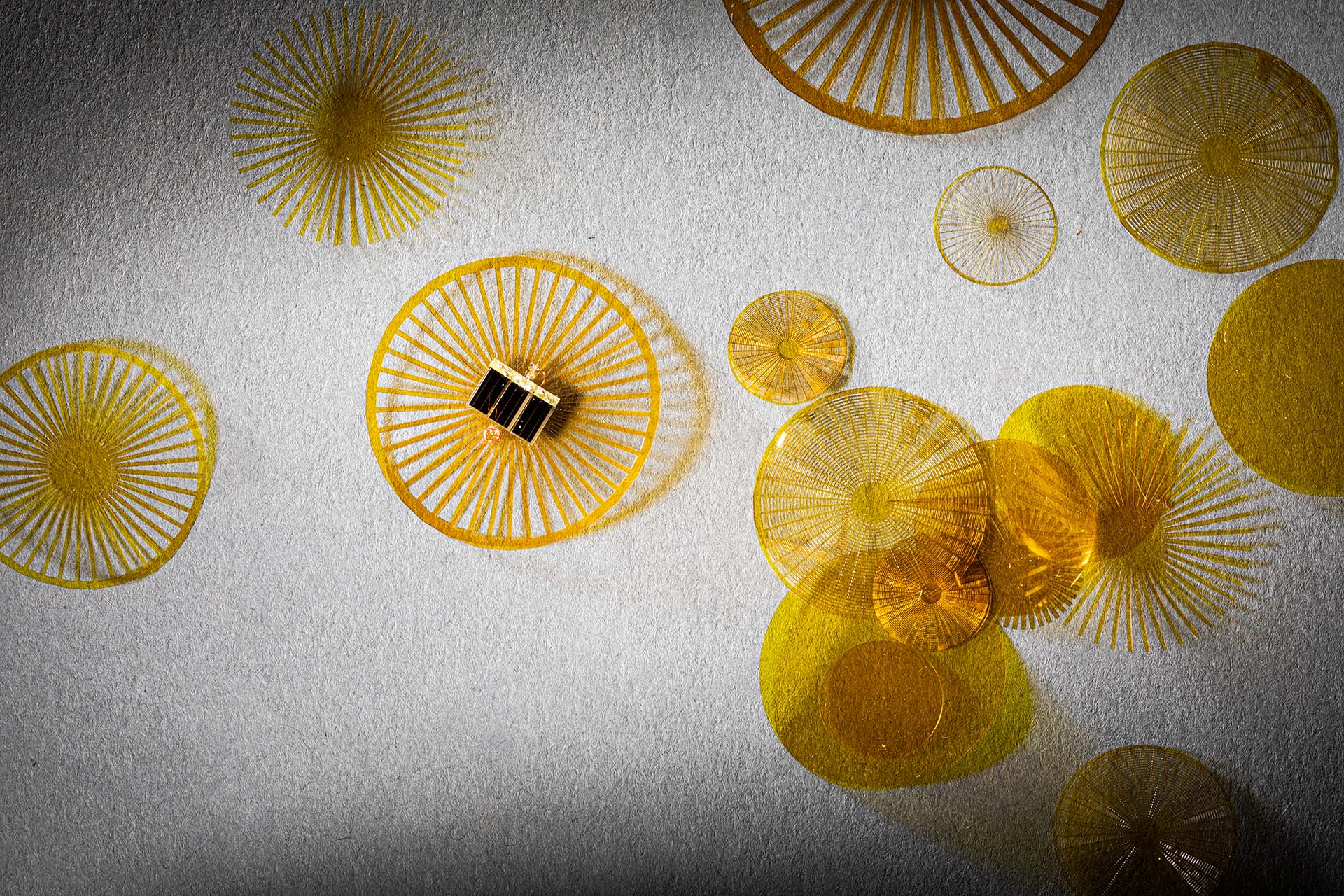Battery-free wireless devices that float in the wind


Publications
Wind-dispersal of battery-free wireless devices [paper]
Vikram Iyer, Hans Gaensbauer, Thomas Daniel, Shyamnath Gollakota, Nature 2022


Links
Code
UW Networks & Mobile Systems Lab

Creating the Internet of biological and bio-inspired things
This work is part of our broader vision of creating the Internet of bio-inspired and biological things. Specifically, there’s a pretty big gap between biological systems and the capabilities of current IoT and embedded systems, which are much larger and heavier and most can’t move around. Instead, imagine, if we can create tiny battery-free wireless devices that can move around, and in fact float in the air similar to dandelion seeds. If we could do that we could deploy hundreds of sensors in the wind in remote, hard-to-reach areas like forests, glaciers. Or if we create wireless sensors that are so small, then we can also start attaching them to tiny insects like bees, beetles and murder hornets then we can use these sensors to study their behavior in the wild. If we can go a step further to integrate actuators with these wireless sensors, we can enable them to move around freely and build insect-scale robots.The common enabling technology that runs through all of these, is using programmable, general purpose computing devices to build these tiny wireless systems. This approach enables rapid prototyping and innovation that was not possible before at this scale. The traditional approach to make things small, has been to build custom ICs. But custom chips have high fabrication costs and long, multi-year design cycles, and they are often built for a specific purpose and can be hard to reuse. The key insight here is to instead use programmable, general purpose computing chips like microcontrollers to build these millimeter scale wireless sensors. For example, the smallest commercial microcontroller is only 1.5x1.4mm. And while it has limited computation and lacks common hardware interfaces for sensors, it’s programmable which allows us to implement common protocols like I2C to talk to sensors using software. And while it doesn’t have a radio either, we can use a technique called backscatter to create tiny battery-free wireless sensors using these off-the-shelf components. The really powerful thing about this approach, is that by eliminating the need to design custom silicon, it empowers anyone with a computer engineering background to build tiny wireless devices.